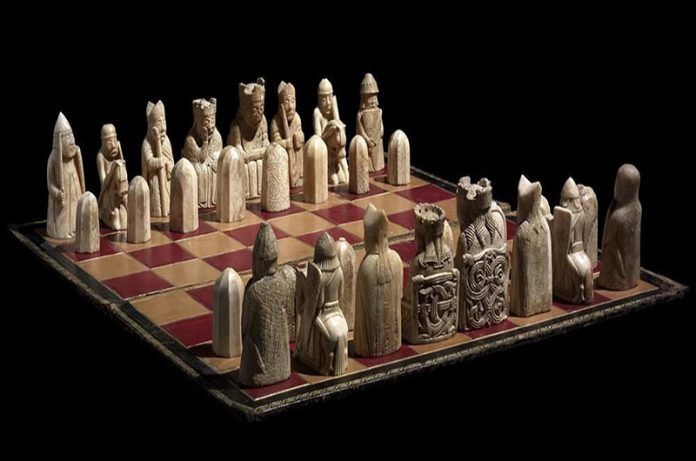Here are 10 historical board games from the collection that you can play if you need to take a break from your screen. Some of these games are still available today. You can buy replicas of some of the games from this store.
Mahjong
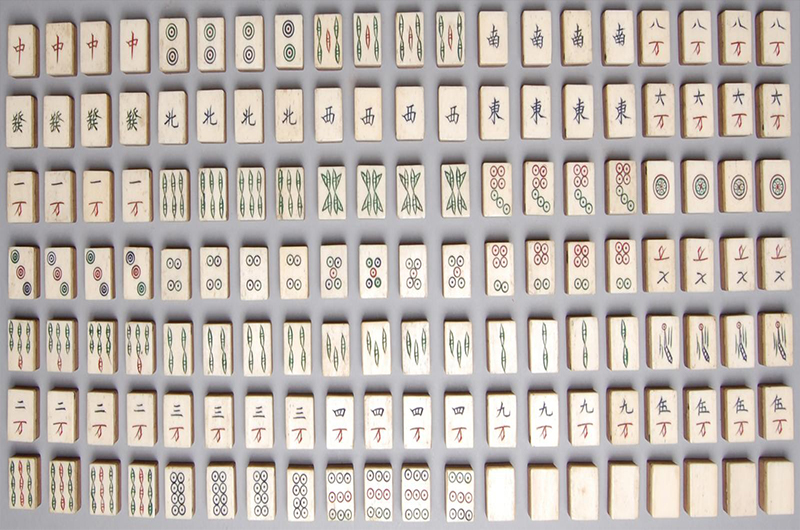
Mahjong is a tile-based strategy game that was created in China’s Qing dynasty (1644–1912) and was first played during that time. Chinese characters, bamboo branches, and dots are usually used to embellish them.
Special tiles are used to denote the seasons, winds, and dragons. The 144 original tiles in this unfinished set are constructed of bamboo and bone and each one weighs only six grams.
Four players draw and discard tiles to complete their hands, similar to the card game rummy. Get all 14 of your tiles into four sets and one pair to win the game.
Since its introduction to the West in the 19th century, mahjong has gained appeal on a global scale.
Senet
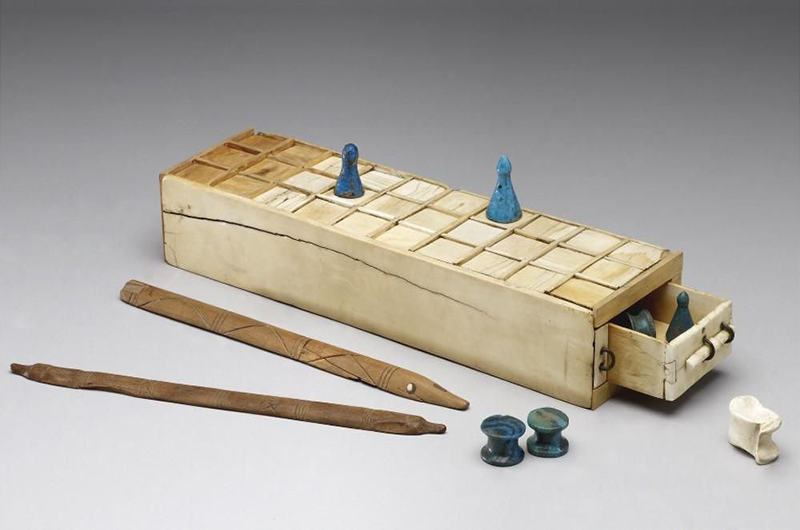
Senet, one of the first board games ever discovered, was a favorite of both Tutankhamun and Queen Nefertari and dates back to roughly 3100 BC.
The thirty squares on the game board are arranged in three rows of ten.
Casting sticks or bones, rather than dice, are used to determine the number of squares moved with each throw as the two players fight to get all of their pieces to the end of the board first.
Some boards contain squares that are entirely blank, like this one carved from a hollowed-out piece of wood covered in ivory, while others include squares that have been adorned with hieroglyphs that signify additional game rules.
A lion and a gazelle are playing senet on this papyrus, which was written sometime between 1250 and 1150 BC. The lion is having some difficulty gripping the pieces.
Wari
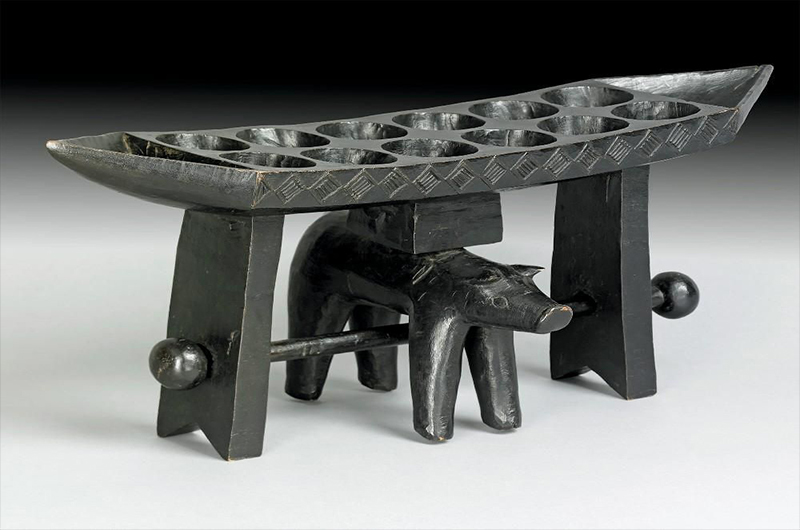
You may be familiar with wari, a popular strategy and calculation game played throughout West Africa and other parts of the world.
The object of the game is to take your opponent’s seeds and transfer them from their six playing holes to your bank.
The elaborate sculptural base of this game board, which was created in Sierra eone, is noteworthy. It has an animal on the decoration, possibly a pig.
If you don’t have a game board at home, you can still play by drawing two rows of six circles with ovals at each end on a piece of paper. Then, use 48 marbles, beads, pebbles, or even sweets as your counters.
The Lewis Chessmen

The Lewis Chessmen, some of the most recognizable items in the Museum, are these captivating chess pieces.
The expertly carved chess pieces, which date to the late 12th century and were made in Scandinavia, were discovered in Scotland’s Isle of Lewis around 1831.
They are believed to have belonged to a merchant who was moving from Norway to Ireland, and several tales have developed to explain why they could have been hid there.
Norse culture has a significant influence on the chessmen. This is particularly clear in the representations of the warders or rooks, who are strong mythical warriors known as berserkers.
Find out how to play here.
The Royal Game of Ur
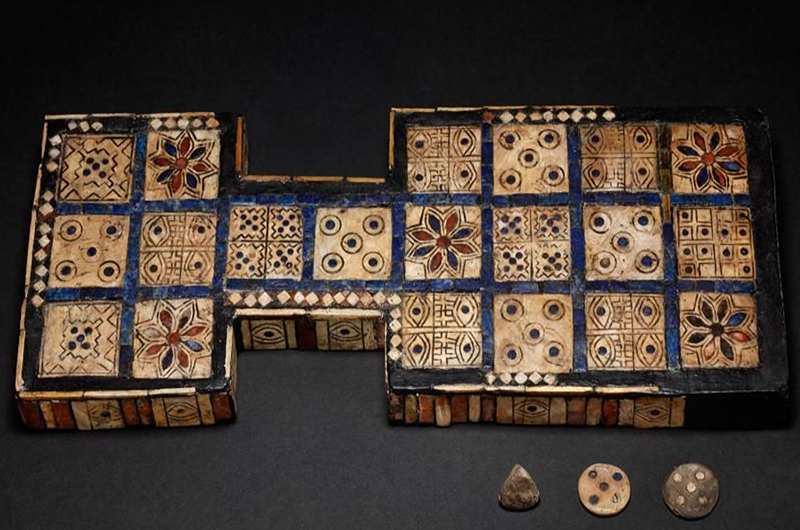
The Royal Game of Ur, which dates back over 4,600 years to ancient Mesopotamia, is the world’s oldest playable boardgame.
A Babylonian astronomer recorded the game’s rules on a clay tablet in 177 BC. Irving Finkel, the curator, was able to deduce the game’s rules from this: two players race their pieces from one end of the board to the other. Additionally, fortunes were told using the middle squares.
Find out how to play here.



